

Articles
How To Store Poached Eggs
Modified: December 7, 2023
Discover the best way to store poached eggs with these helpful articles. Learn the expert tips and tricks to keep your eggs fresh and flavorful.
(Many of the links in this article redirect to a specific reviewed product. Your purchase of these products through affiliate links helps to generate commission for Storables.com, at no extra cost. Learn more)
Introduction
Poached eggs are a versatile and delicious breakfast option that can elevate any meal. Whether you enjoy them on toast, in eggs Benedict, or as a protein-rich addition to salads or sandwiches, poached eggs are a culinary delight. While they are best enjoyed fresh, there may be occasions where you need to store poached eggs for later use.
In this article, we will guide you through the process of storing poached eggs properly to maintain their flavor, texture, and overall quality. We will also provide you with tips and best practices to ensure that your stored poached eggs remain safe to eat. So, let’s get started!
Key Takeaways:
- Elevate your culinary experience by learning how to properly store and reheat poached eggs for later enjoyment, ensuring freshness, flavor, and safety.
- Follow best practices to maintain the quality of poached eggs, from proper storage techniques to gentle reheating methods, for a delightful culinary experience.
Read more: How To Poach An Egg On Stove Top
Equipment Needed
Before you embark on the journey of storing poached eggs, let’s take a look at the equipment you will need:
- A slotted spoon: This will help you lift the poached eggs out of the water and drain any excess liquid.
- An ice bath: This is a bowl filled with ice and water that will be used to rapidly cool the poached eggs.
- Plastic wrap or airtight container: These will be used to store the poached eggs in the refrigerator.
- Label and marker: It’s a good practice to label and date the container to keep track of how long the poached eggs have been stored.
Make sure you have these items ready before you begin the process of storing the poached eggs. Now, let’s move on to the next step!
Step 1: Poaching the Eggs
The first step in storing poached eggs is to actually poach them. Here’s a simple guide on how to poach eggs:
- Fill a medium-sized pan with water, ensuring that it’s deep enough to completely submerge the eggs.
- Add a splash of vinegar (white or apple cider vinegar) to the water. This helps the eggs hold their shape.
- Bring the water to a gentle simmer over medium heat. You should see small bubbles forming at the bottom of the pan, but not a rolling boil.
- Crack one egg into a small bowl or ramekin. This will make it easier to slide the egg into the simmering water.
- Create a gentle whirlpool in the water by stirring it with a spoon. This will help the egg white wrap around the yolk for a neater shape.
- Slide the egg into the center of the whirlpool. Repeat the process for as many eggs as you want to poach.
- Let the eggs cook for about 3-4 minutes for a slightly runny yolk or 5-6 minutes for a firmer yolk.
- Using a slotted spoon, carefully lift the poached eggs out of the water, allowing any excess water to drain.
Once you have successfully poached the eggs, it’s time to move on to the next step to ensure their quality during storage.
Step 2: Cooling the Eggs
After poaching the eggs, it’s important to cool them down before storing. This will help stop the cooking process and prevent them from becoming overcooked. Here’s how to cool the poached eggs:
- Prepare an ice bath by filling a bowl with cold water and ice cubes.
- Using a slotted spoon, transfer the poached eggs from the pan directly into the ice bath.
- Let the eggs sit in the ice bath for about 1-2 minutes to rapidly cool them down.
- Gently remove the cooled poached eggs from the ice bath and place them on a clean kitchen towel or paper towel to absorb any excess moisture.
The cooling process not only stops the cooking but also helps maintain the desired texture of the poached eggs. Now that the eggs are cooled, it’s time to move on to the next and crucial step – storing the poached eggs.
After poaching eggs, place them in an ice water bath to stop the cooking process. Once cooled, store them in an airtight container filled with cold water in the refrigerator for up to 2 days.
Step 3: Storing the Poached Eggs
Now that you have poached and cooled your eggs, it’s time to store them for later use. Follow these steps to ensure that your poached eggs stay fresh and maintain their quality:
- Prepare a clean airtight container or wrap each poached egg individually with plastic wrap.
- Gently place the poached eggs into the container or wrap them carefully, ensuring they are not too crowded.
- Seal the container or wrap the eggs tightly with plastic wrap, making sure they are well protected from air exposure.
- Label the container or write the storage date on the plastic wrap, so you can keep track of how long they have been stored.
- Store the container or wrapped poached eggs in the refrigerator at a temperature of 40°F (4°C) or below.
It’s important to note that poached eggs are best consumed within 1-2 days of being stored. The longer they are stored, the more their quality may diminish, and they may lose their desired texture.
Remember, when it comes to storing poached eggs, freshness is key. Proper storage will help maintain their flavor and texture until you’re ready to enjoy them. Now that you know how to store poached eggs, let’s take a look at some best practices for storage to ensure optimal results.
Read more: How To Store Egg
Best Practices for Storage
To ensure the best possible storage of poached eggs, consider these practices:
- Use fresh eggs: Fresh eggs are more likely to maintain their quality during storage. Make sure the eggs you use for poaching are not nearing their expiration date.
- Properly cook the eggs: Cooking the poached eggs to your desired level of doneness before storing is crucial. Undercooked eggs may lead to a runny texture after storage.
- Allow the eggs to cool completely: Cooling the poached eggs before storage helps maintain their texture. Don’t rush this step; allow them to reach room temperature and then cool them in the fridge.
- Avoid overcrowding: Make sure there is enough space between the poached eggs in the container or wrap. Overcrowding may cause the eggs to stick together, affecting their appearance and separation during reheating.
- Seal tightly: Whether using an airtight container or plastic wrap, ensure a tight seal to prevent air exposure. Air exposure can lead to the eggs drying out or absorbing odors from other foods in the fridge.
- Refrigerate promptly: Place the poached eggs in the refrigerator as soon as possible after cooking and cooling. The cooler temperature will help slow down bacteria growth and maintain the eggs’ freshness.
- Use within a reasonable time frame: Although poached eggs can be stored for up to 1-2 days, it’s recommended to consume them as soon as possible for the best taste and quality.
By following these best practices, you can ensure that your stored poached eggs remain delicious and safe to eat. Now that you have successfully stored your poached eggs, let’s move on to the final step – reheating them for consumption.
How to Reheat Poached Eggs
When it’s time to enjoy your stored poached eggs, reheating them properly is crucial to maintain their desired texture and flavor. Here are a few methods to reheat poached eggs:
- Stovetop method: Fill a medium-sized saucepan with water and bring it to a gentle simmer. Carefully add the poached eggs to the simmering water and let them warm up for about 1-2 minutes. Use a slotted spoon to remove the eggs from the water and gently pat them dry with a kitchen towel before serving.
- Microwave method: Place the poached eggs on a microwave-safe plate. Cover the plate with a microwave-safe cover or a damp paper towel to prevent splatters. Microwave on high for about 20-30 seconds, then check the eggs. If they need more time, continue microwaving in short intervals until heated through.
- Toaster method: This method works best if you have stored the poached eggs individually wrapped in plastic wrap. Remove the plastic wrap and place the poached egg on a slice of toast in the toaster. Toast until the egg is warmed through to your liking.
Regardless of the method you choose, be careful not to overheat the poached eggs, as this can result in a rubbery texture or overcooking. Monitor the process closely, and adjust the timing based on your preferences and the power of your equipment.
Once reheated, be sure to serve your poached eggs immediately for the best flavor and enjoyment. Consider pairing them with toast, English muffins, or your favorite breakfast accompaniments. Now that you know how to store and reheat poached eggs, you can enjoy them any time you like!
Conclusion
Storing poached eggs for later use is a convenient option that allows you to enjoy this delicious and versatile breakfast staple at any time. By following the steps and best practices outlined in this article, you can ensure that your stored poached eggs remain fresh, flavorful, and safe to eat.
Remember to poach the eggs properly, allowing them to cool completely before storing them in airtight containers or wrapping them in plastic wrap. Labeling and dating the storage containers will help you keep track of their freshness. Keep in mind that poached eggs are best consumed within 1-2 days of storage and should be stored in the refrigerator at a temperature of 40°F (4°C) or below.
When you’re ready to enjoy your stored poached eggs, reheating them gently on the stovetop, in the microwave, or using the toaster method will ensure that they are heated through while maintaining their delicate texture.
So, whether you’re preparing a breakfast spread, making eggs Benedict, or adding a protein-rich element to your salads or sandwiches, knowing how to store and reheat poached eggs can elevate your culinary experience. Make the most out of your poached eggs by following these guidelines and savor every delicious bite.
Now that you’re equipped with the knowledge to store and reheat poached eggs, go ahead and enjoy this delectable and versatile breakfast option whenever you desire!
Frequently Asked Questions about How To Store Poached Eggs
Was this page helpful?
At Storables.com, we guarantee accurate and reliable information. Our content, validated by Expert Board Contributors, is crafted following stringent Editorial Policies. We're committed to providing you with well-researched, expert-backed insights for all your informational needs.
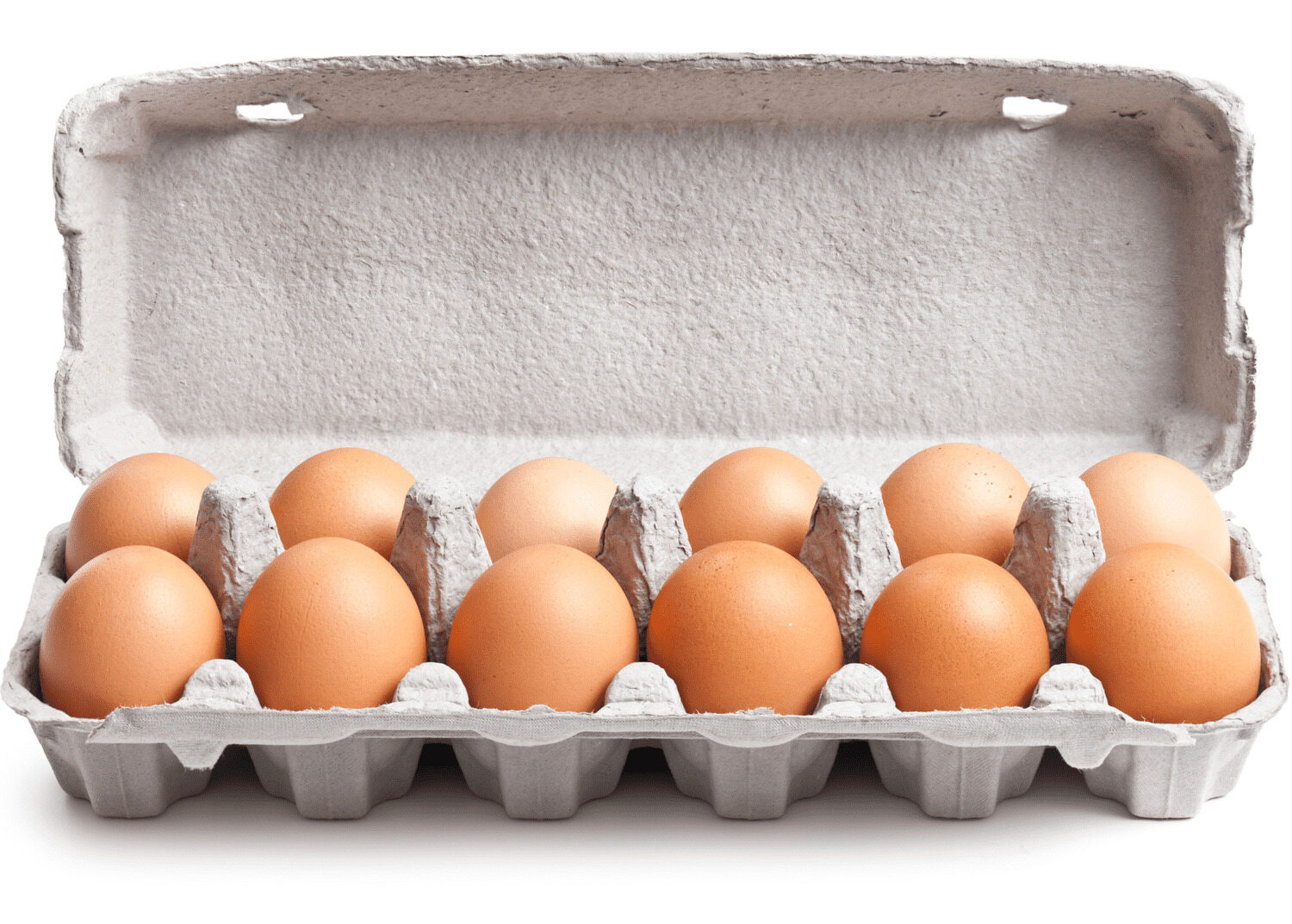

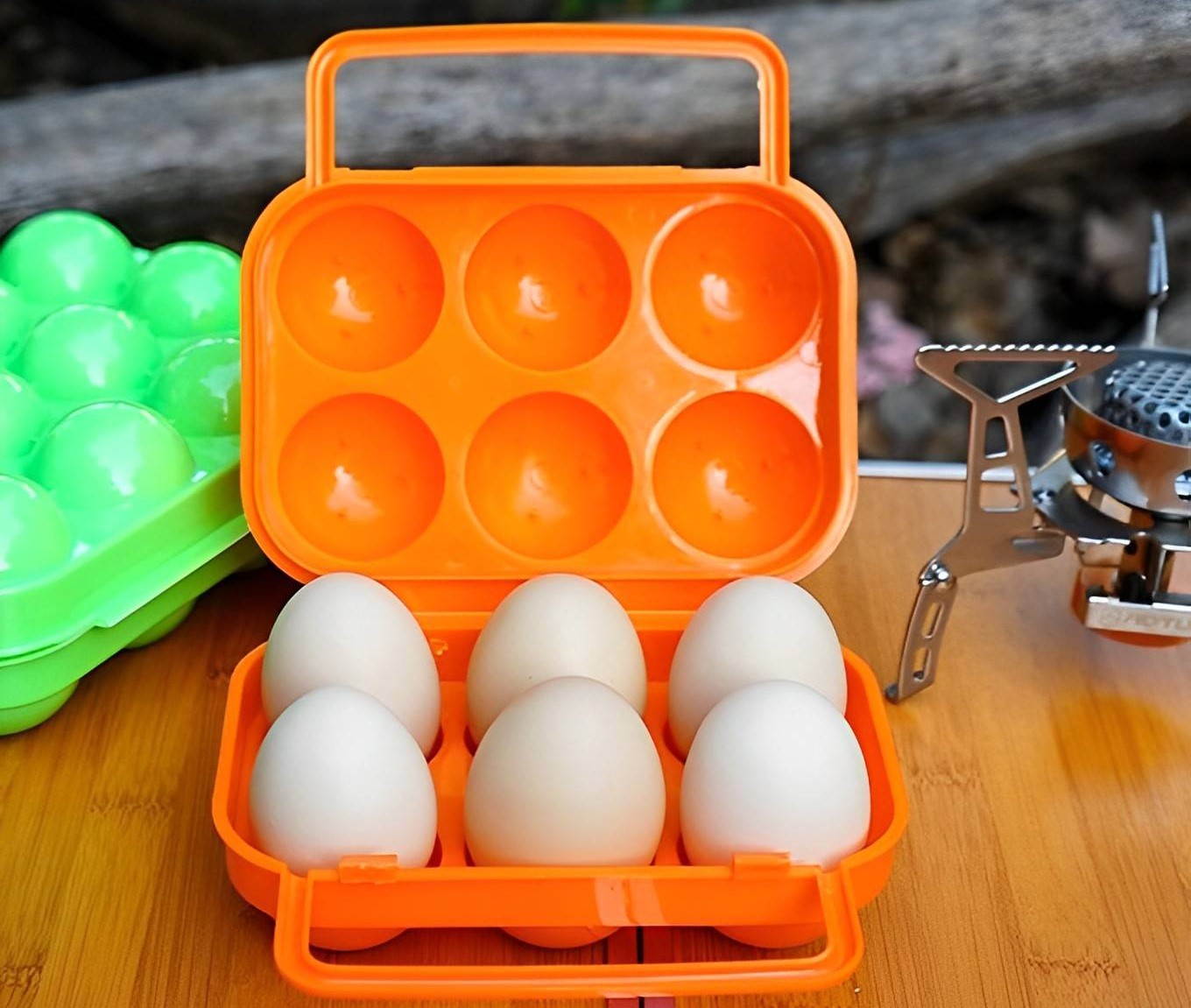

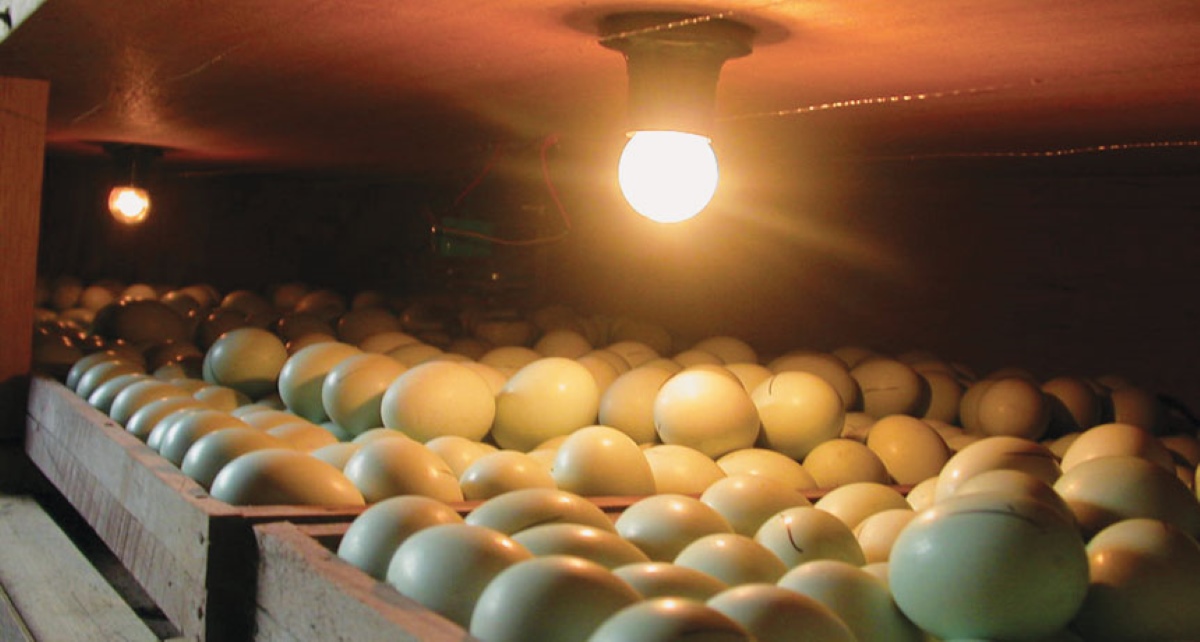
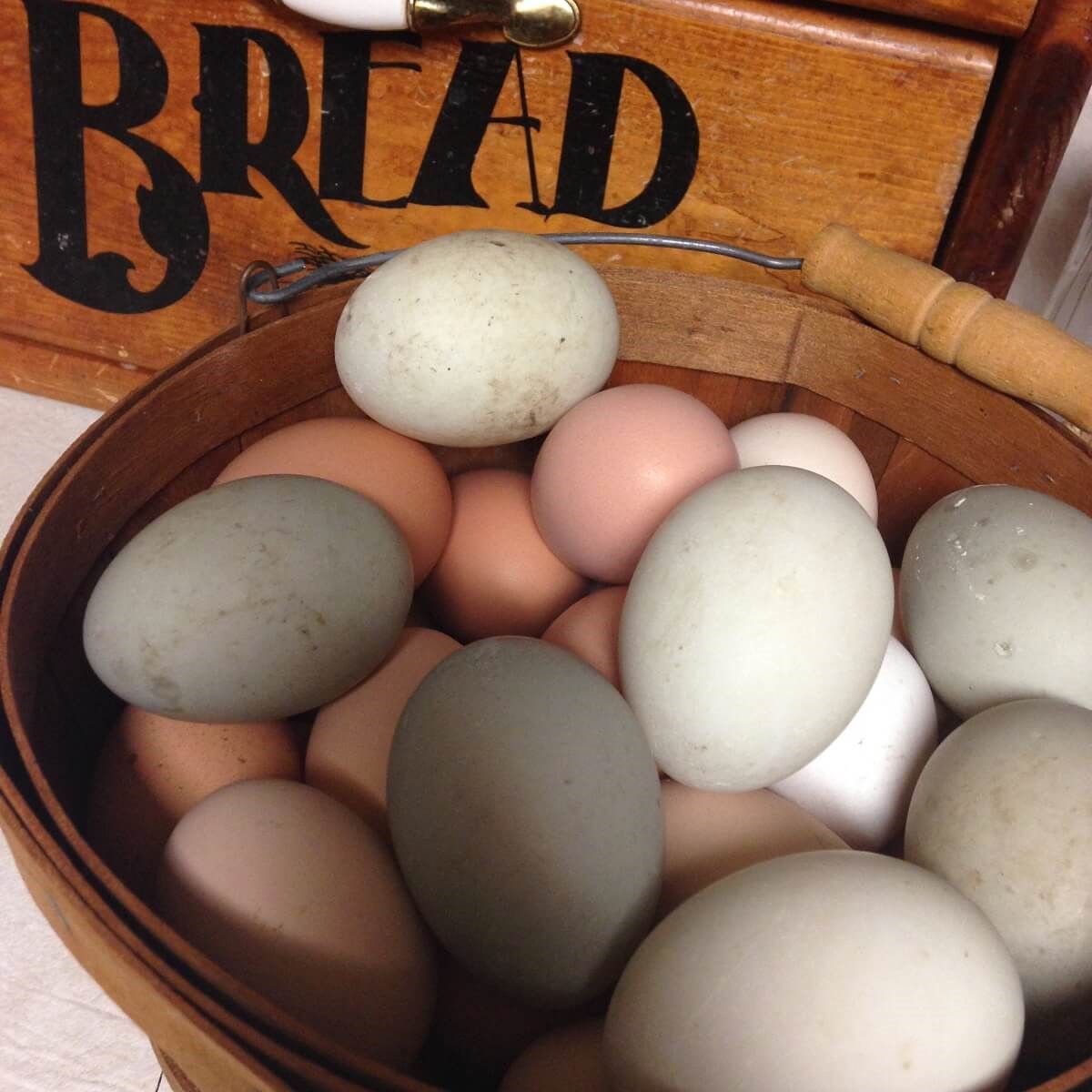
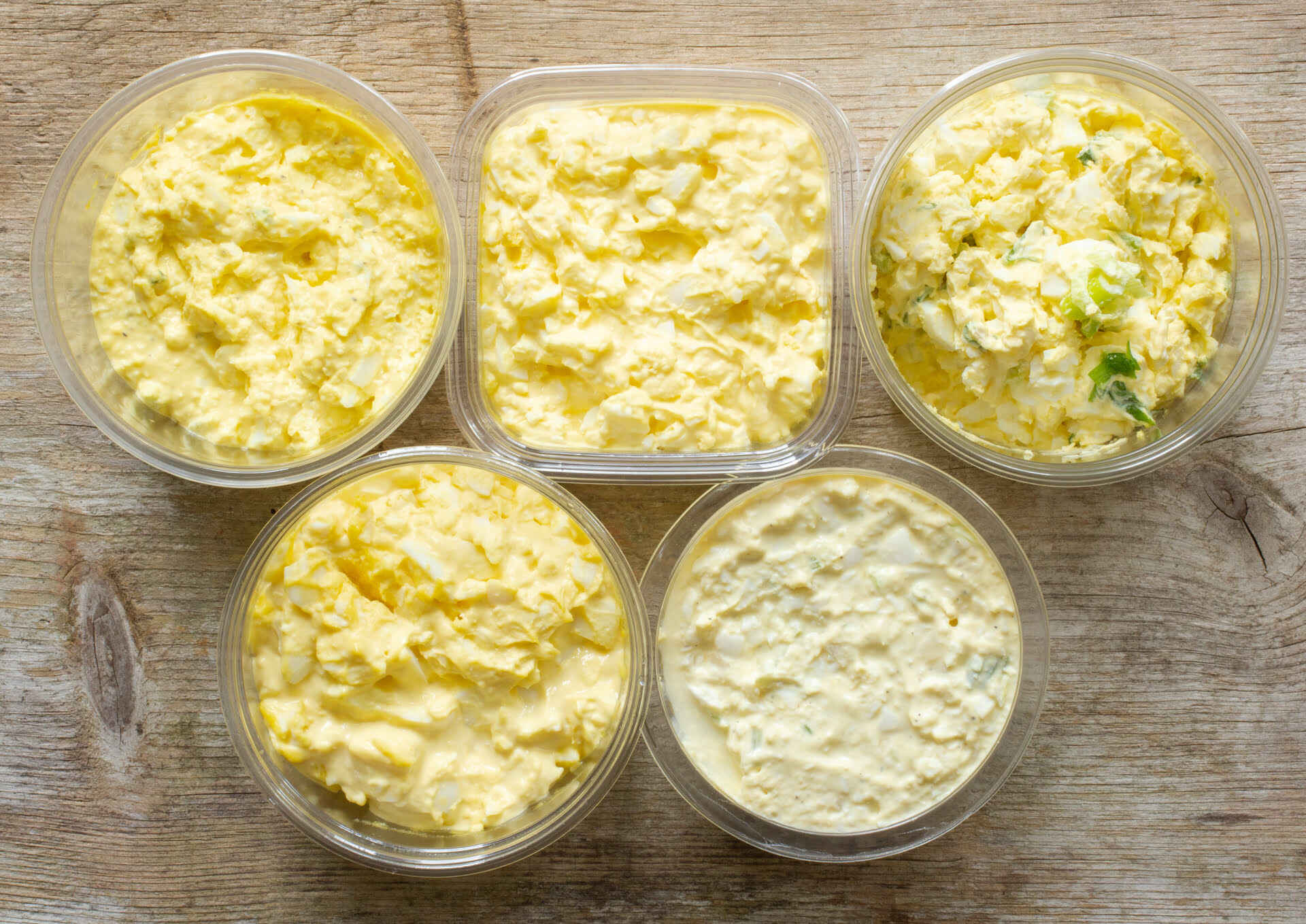

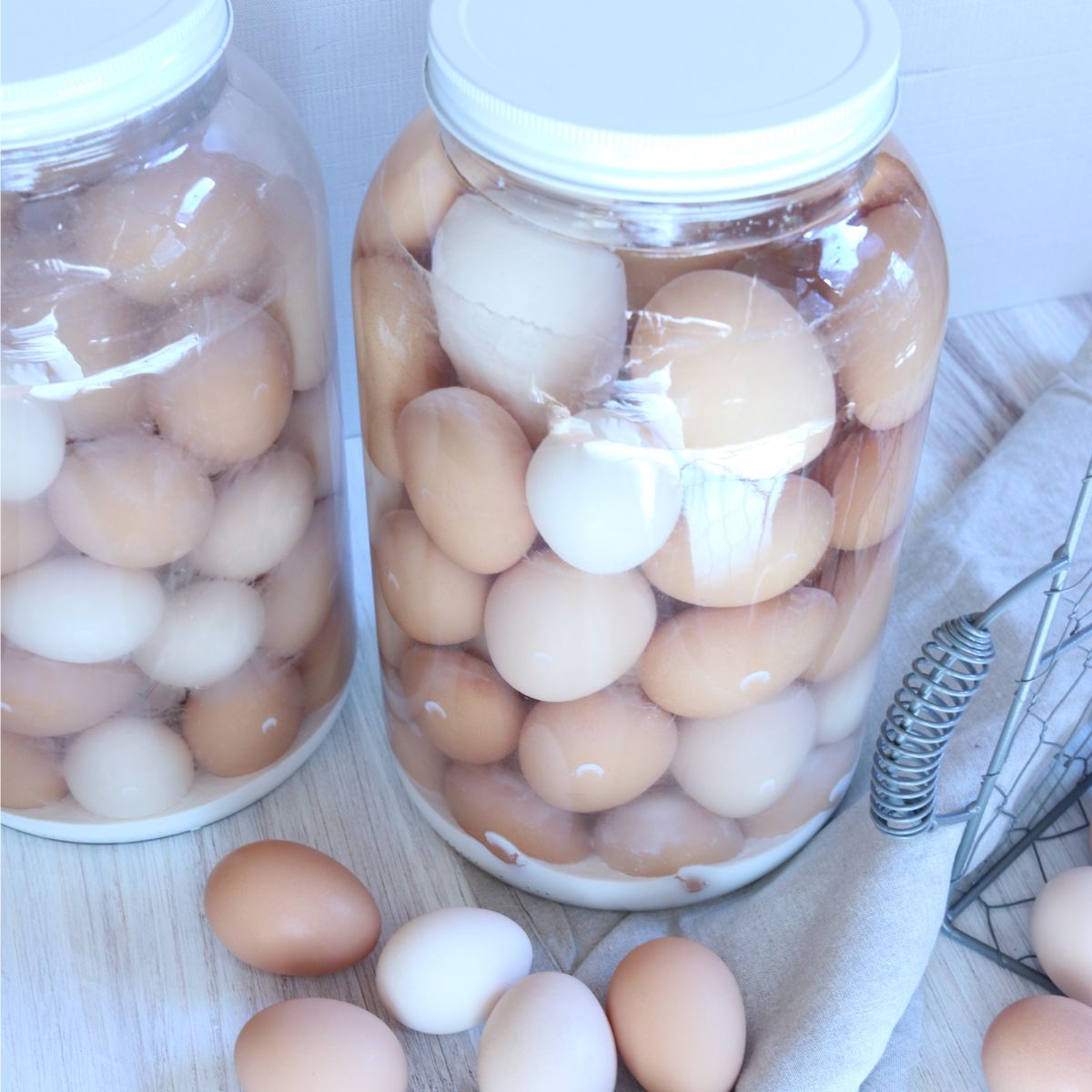
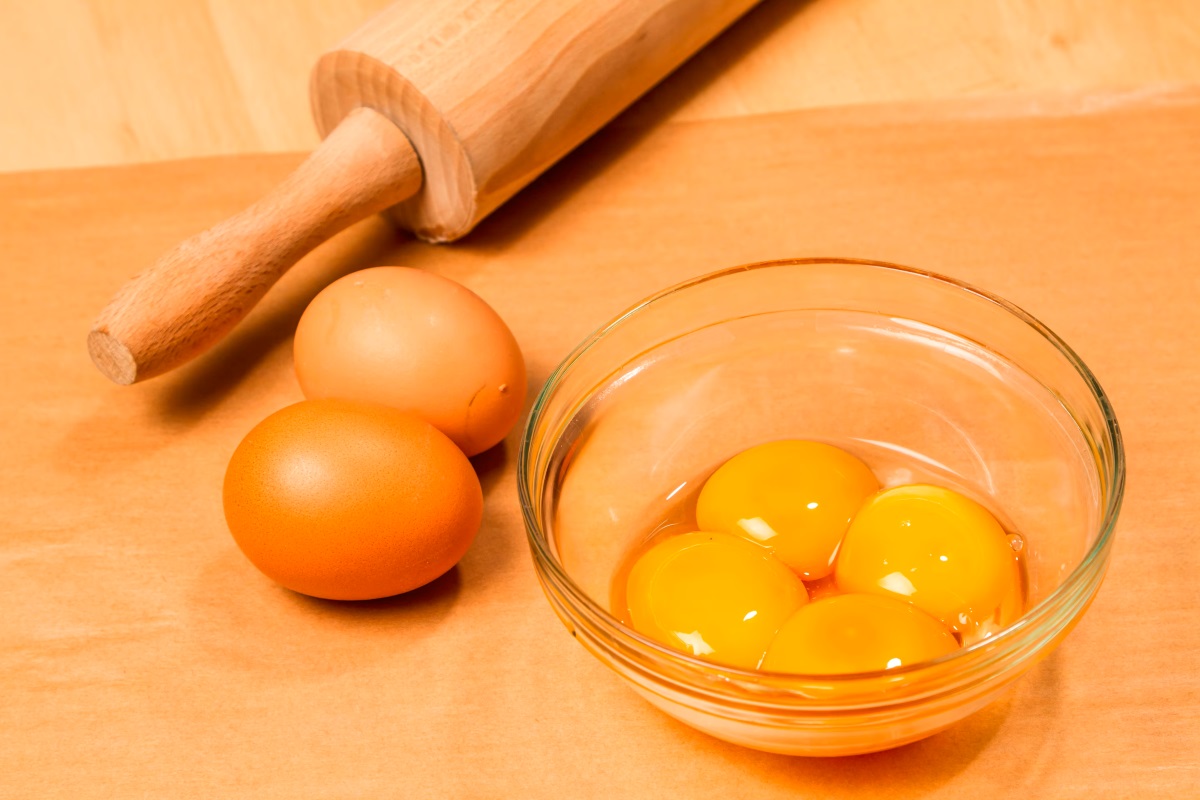
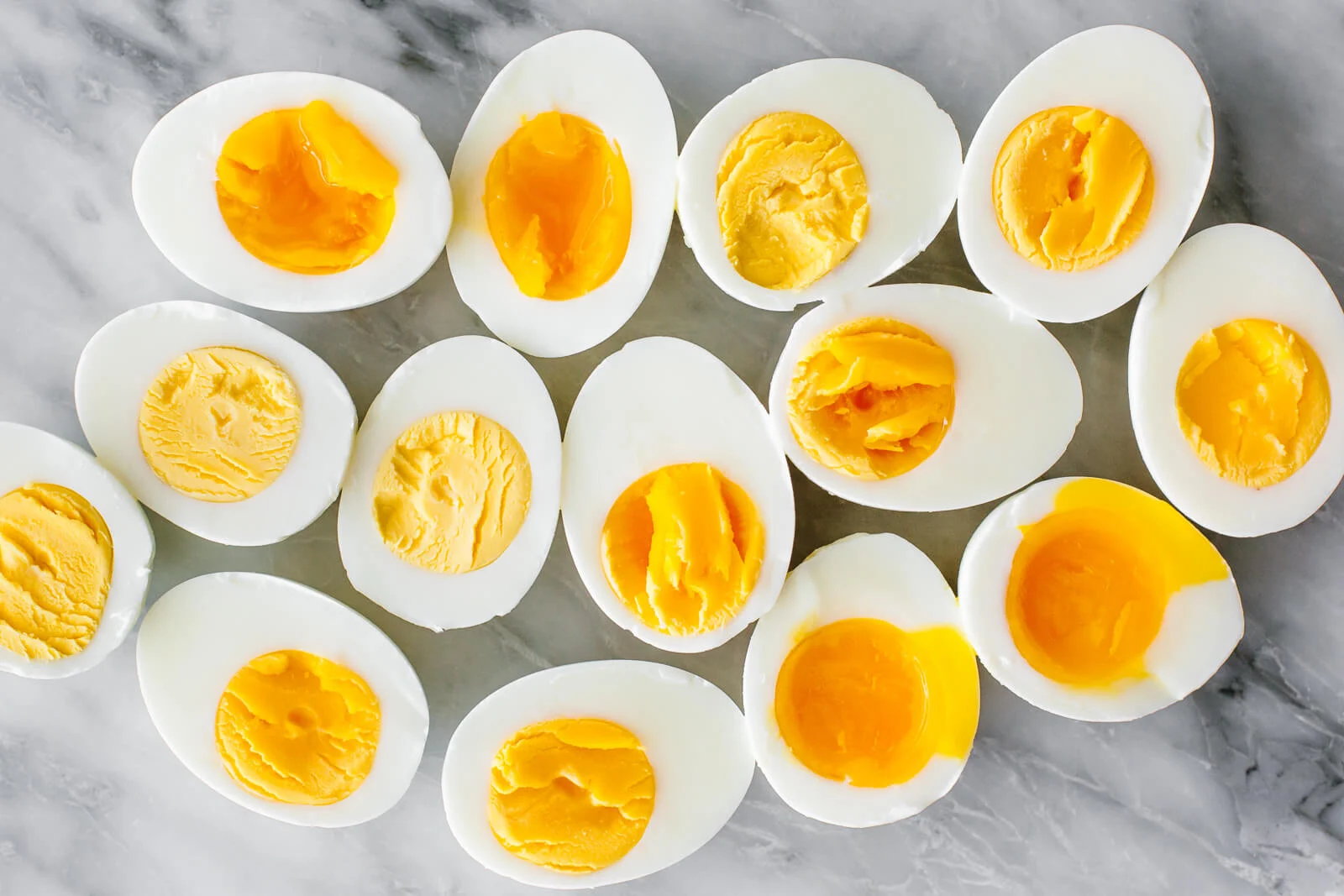
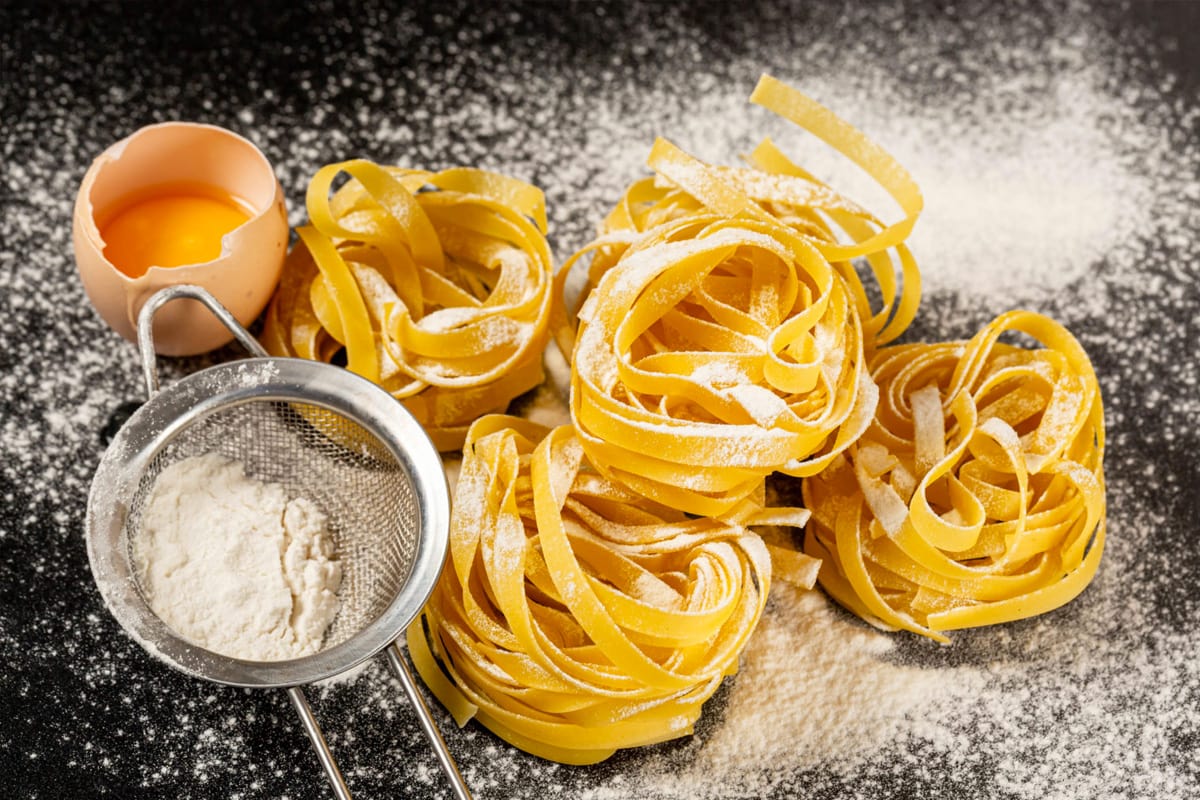
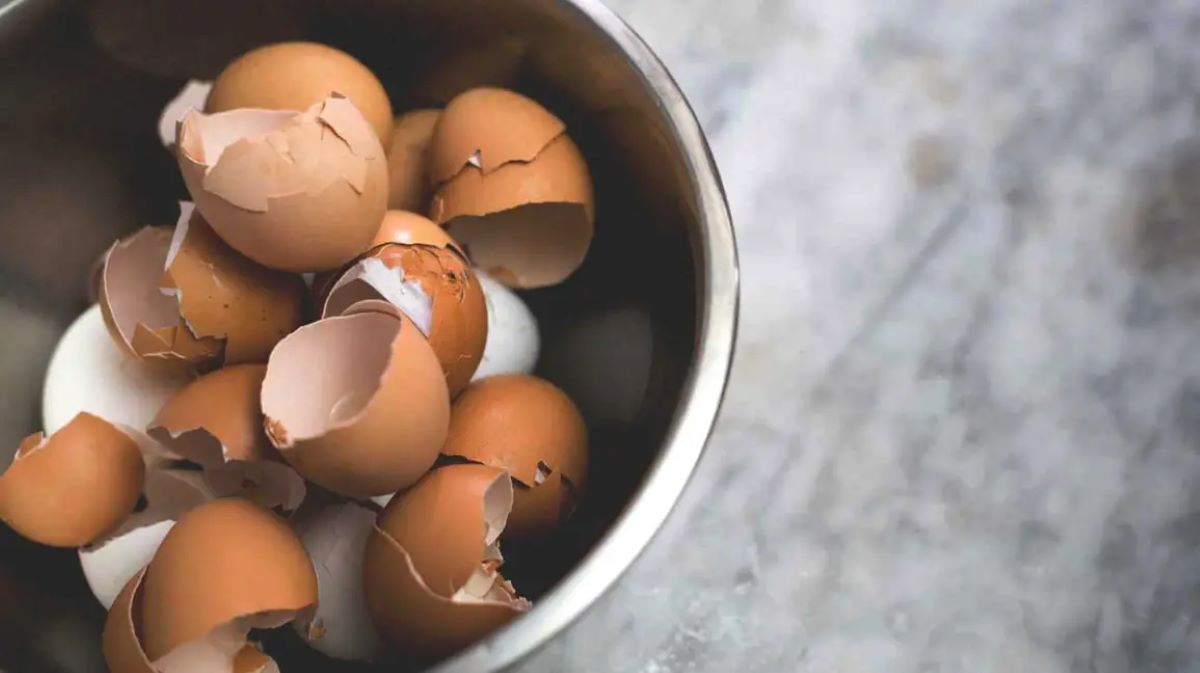
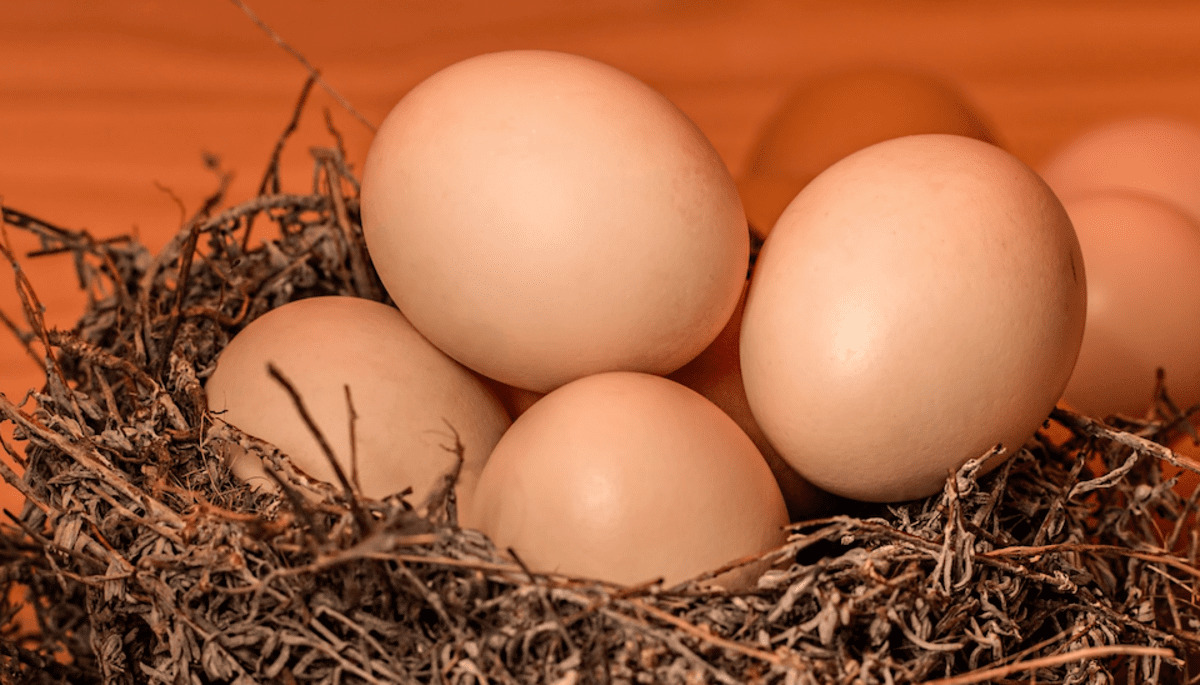

0 thoughts on “How To Store Poached Eggs”